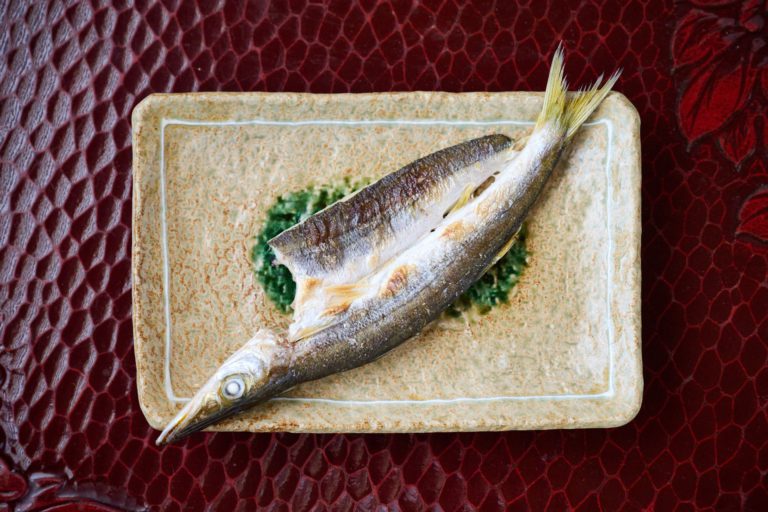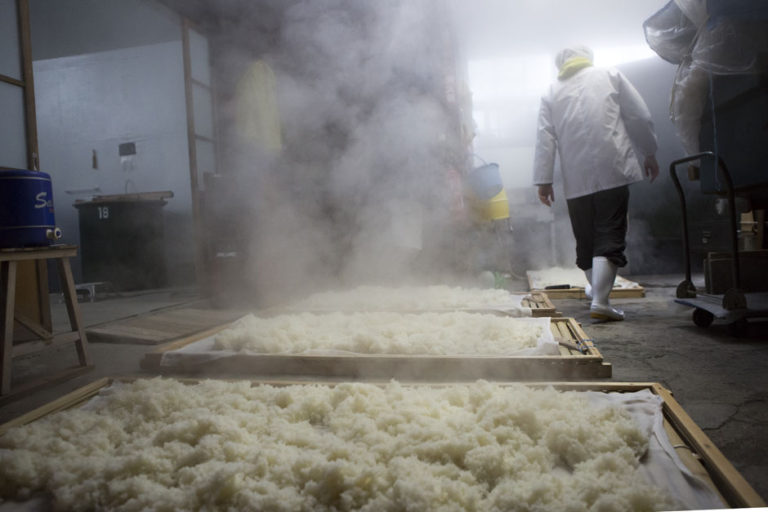Hospitality of Octopus Culture in Setouchi
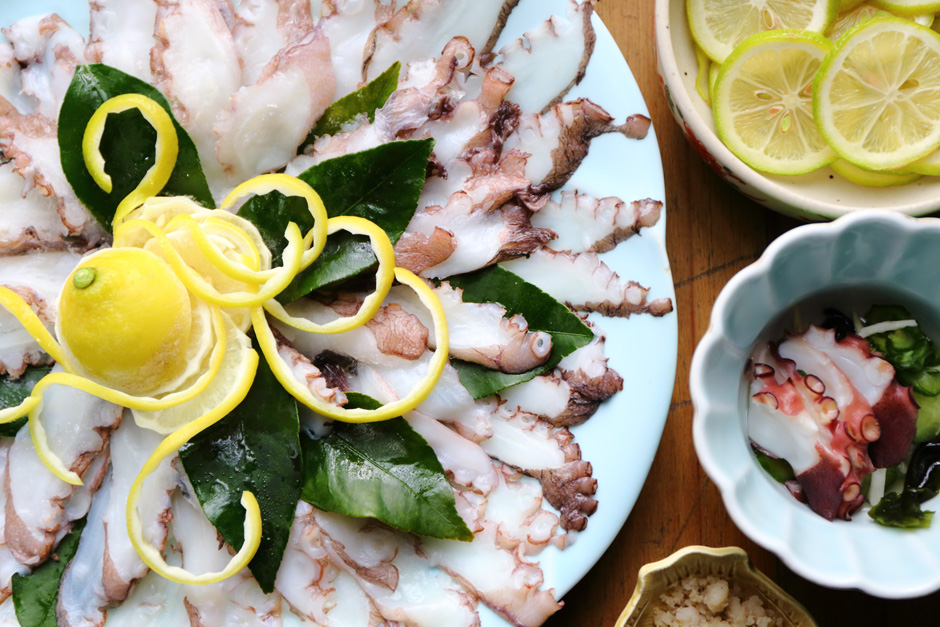
Octopus pot fishing: A master technique of experience and intuition

The octopus survives only in an environment with stable temperatures and clear water. They are said to be tasty if they are from an environment with lots of sandy or rocky platforms with many creatures they can feed on, including shrimp and crabs. The sea of Setoda is perfect for them.
The fishermen protected their fishing ground carefully, setting a certain length of no fishing period every year and nurtured the octopus culture over a long time.
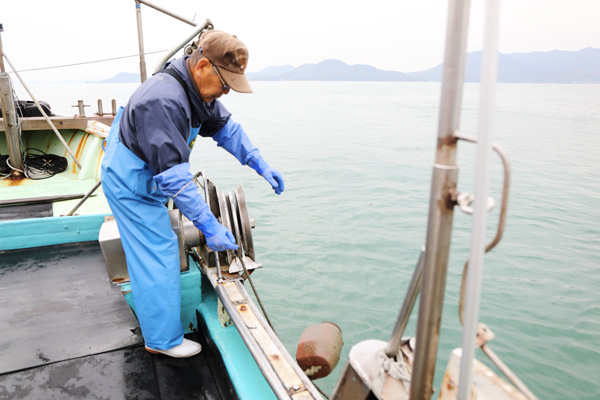
The fishermen of Setoda have been catching the octopus by a generations-old method called octopus pot fishing. How does it work? One of the octopus fishermen, Setsuo Tsuji, let us accompany him on his fishing trip just for this occasion.
With octopus pot fishing, about 120 octopus pots are attached to a rope that is about 1,000 meters long. Then the rope is lowered to the bottom of the sea, in the zone allotted to each licensed fisherman, 10 meters apart.
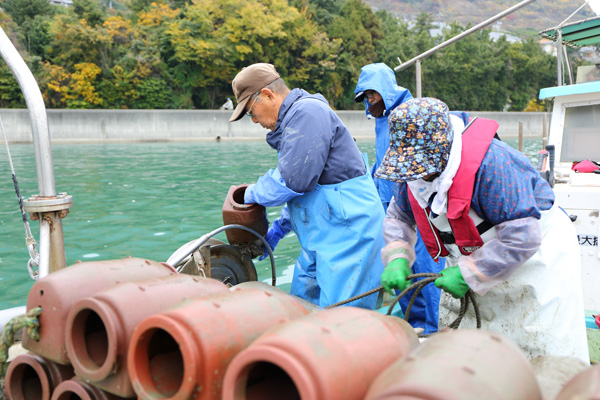
Leaving the port to the sea, Tsuji instantly revs up the engine to the area where he sank his rope. There is no milestone like a buoy. Apparently, he can figure out where the rope is, from the distance between the island and mountain ridges. He stops the engine, lowers the metal hook to the bottom of the sea, and pulls up the rope. He needs to find where the rope is and put the hook on it, reading the flow of the tide and adjusting the boat’s position forward and backward, and from left to right at all times. The task would take anyone the whole day and still be impossible, but Tsuji does this in a matter of two to three minutes.

“Octopus pot fishing is all about experience and intuition. Task after task, you cannot see what you are doing. I was useless at first,” says Tsuji, shyly.
Once the rope is captured, the octopus pots can be pulled up. The 120 pots are pulled up one by one, as Tsuji maneuvers the boat along the tide. Is the octopus in the pot? Tension mounts. The day was not very kind, and we had to wait a long time until we saw any octopi, but finally six were caught. On good days, one in three pots has an octopus in it. Surprisingly the octopus sometimes weighs over three kilograms.
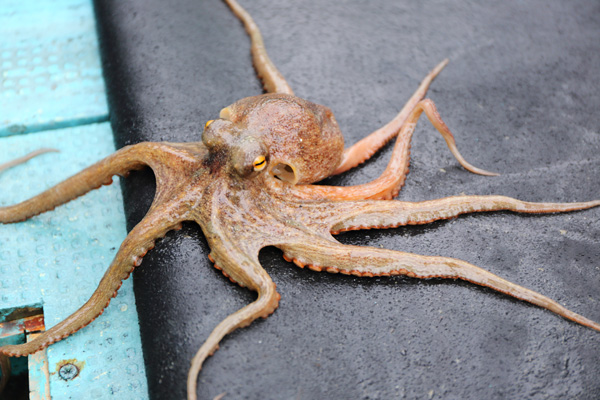
“It is a slow and steady work and takes a lot of effort, but is the best way because it rarely damages the octopus. It is always exciting when I pull up the pots. When a giant octopus comes out of the pot I am so happy I forget the cold and hard work.”
Traditional local cuisine brings out the good flavor of octopus
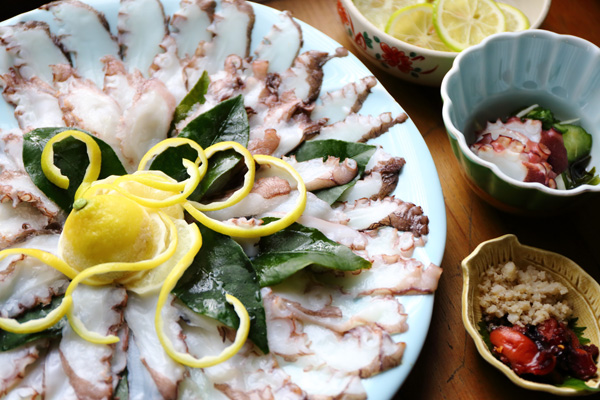
Setoda has fast tidal currents. The octopus clings firmly to the rocks against the current. This makes their tentacles short and thick. The flesh will be tight and delicious.
Setoda boasts many traditional, local dishes with the fresh and thick octopus flesh. Hamaya, a restaurant in Ikuchijima, serves a full course of octopus cuisine that can only be enjoyed locally.
First, we were served octopus sashimi and shabu-shabu (thinly sliced octopi boiled in water).
The octopus is transparent and cannot be fresher. We put a drop of soy sauce over it. As it enters the mouth, the firm and smooth texture and indescribable lingering sweetness put a smile on our face.
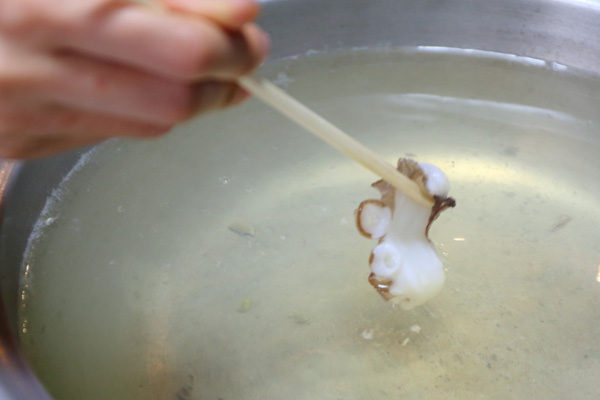
For shabu-shabu, we dipped the octopus quickly in a light, hot Japanese broth flavored with Setoda lemon. It was incredibly tasty, with the sweet octopus perfectly matching the sour lemon.
“It is normal here, but you cannot usually have fresh common octopus raw. They wiggle about a lot so it is hard work processing them; but raw octopus tastes very different. They are so much sweeter,” says the owner of the restaurant Masaaki Shinchi, confidently.
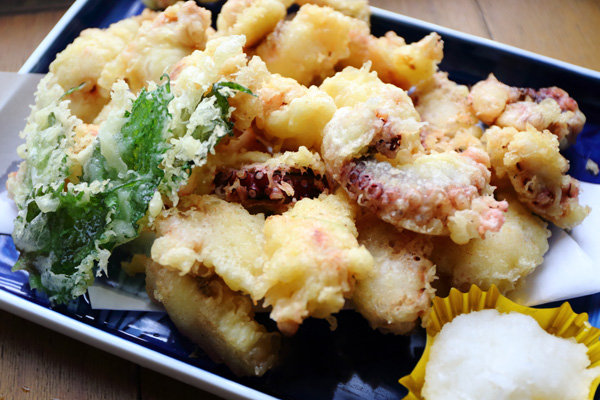
Next, we had octopus tempura which local residents enjoy as a home dish. The crispy, freshly fried batter was filled with large pieces of octopus that got sweeter as we bit into it. Sometimes the whole leg is fried as a giant tempura, and in the early days, even the whole octopus was fried on occasion, from the head to the legs.
The last dish was octopus rice. It consists of roughly chopped octopus, soy sauce, sake and Japanese rice wine cooked with rice. The rice was faintly colored with the juice from the octopus, thoroughly soaking up the octopus’ unique flavor and sweetness. Apparently, it started as fishermen’s lunch. They prepared the freshly caught octopus on the boat and cooked it with white rice.
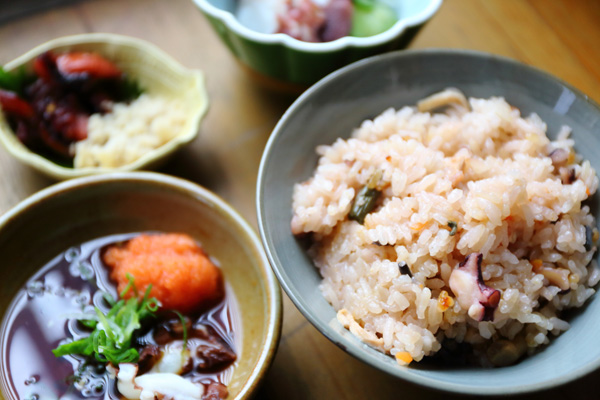
“On our island, everyone makes octopus rice at home and all restaurants serve it too, with different recipes. There is no one correct way. Of course, our recipe is a secret too (laughs). You can try and enjoy different flavors,” says Shinchi.
Enjoying the blissful fresh catch from the Seto Inland Sea, in ways local wisdom has developed.
From the Setoda octopus, we once again learned that Japan has an abundance of invaluable experience that can never be truly appreciated until you visit the place.
Octopi from Setoda, Onomichi
Source:Setsuo Tsuji, octopus fisherman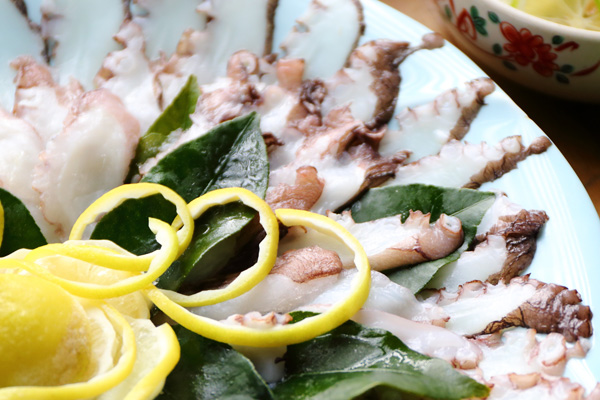
Peak Season
The peak fishing season is summer, but octopus is tasty throughout the year.
Tips
If raw, it should have black and clear, clean eyes.
The ones with a purple skin are fresh (not red skin).
How to enjoy them
IIn addition to the recipes in the article,
stir-fry is also good.
Stir-fry the octopus in a frying pan to get rid of moisture and continue to stir-fry with butter.

